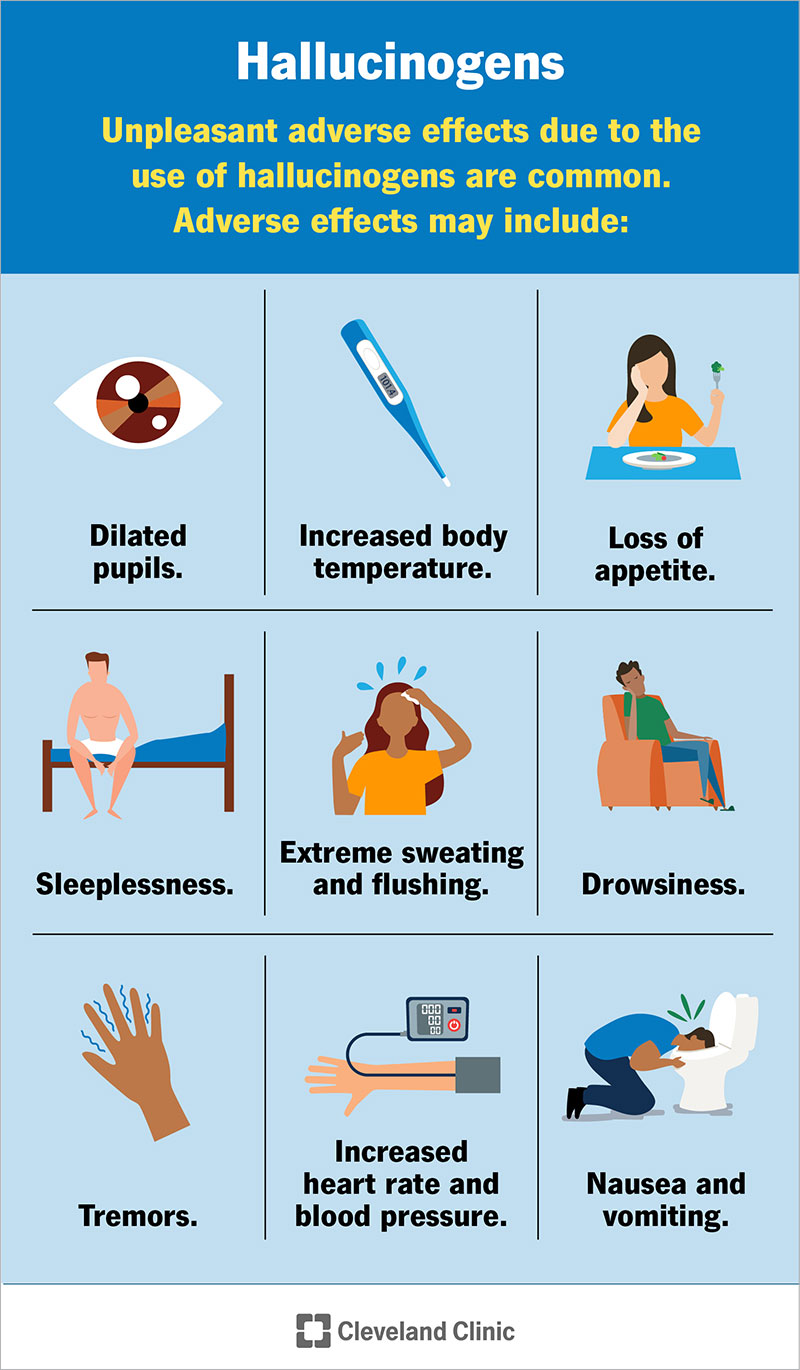Uncover the Details About Golden Psycho That Make It Unique.
Uncover the Details About Golden Psycho That Make It Unique.
Blog Article
All About Psychotomimetic Substances: Their Duty in Psychological Research Study
Psychotomimetic compounds, such as LSD and psilocybin, have gathered increasing rate of interest in emotional study for their ability to duplicate psychotic symptoms and supply insight into different psychological health problems. Their communications within the brain, specifically via serotonin and dopamine paths, suggest a complex connection between consciousness and neurobiology that may open novel therapeutic methods. As scientists remain to explore their possible applications, ethical considerations bordering their usage in professional setups become paramount, elevating important concerns concerning security and notified approval that necessitate further exploration.
Interpretation of Psychotomimetic Compounds
In the realm of psychological research, psychotomimetic compounds are substances that can induce impacts looking like those of psychosis, such as hallucinations, deceptions, and altered perceptions of reality - About Golden Psycho. These compounds can be classified right into numerous categories, including hallucinogens, dissociatives, and certain energizers, each creating unique psychological effects
The pharmacological activity of psychotomimetic compounds commonly entails inflection of natural chemical systems, specifically those pertaining to serotonin, dopamine, and glutamate. Compounds like lysergic acid diethylamide (LSD) mainly act on serotonin receptors, leading to profound changes in sensory understanding and cognition.
The utility of psychotomimetics in study hinges on their capability to imitate psychotic signs, offering a model for recognizing the hidden devices of psychotic conditions such as schizophrenia. By studying the effects of these compounds, scientists can get understandings into the neurobiological and psychological procedures that add to psychosis.
Additionally, psychotomimetic substances have actually been explored for their healing possibility in dealing with different psychological wellness problems, including anxiety and anxiousness, highlighting their double role in both study and possible scientific applications.
Historical Development and Context
The expedition of psychotomimetic compounds has a rich historic context that dates back to ancient human beings, where materials such as psilocybin mushrooms and peyote were utilized in spiritual and recovery methods. These early usages often linked with religious routines, suggesting a profound respect for the altered states of consciousness caused by these substances.
The mid-20th century noted a considerable juncture in the research of psychotomimetic substances, especially with the synthesis of LSD by Albert Hofmann in 1938. The succeeding popularization of LSD in the 1960s militarized a wave of rate of interest in both its emotional results and possible therapeutic applications. Scientists began to check out how these compounds could mimic psychotic states, offering understandings into mental disease.
However, the enhancing organization of psychotomimetics with counterculture activities led to regulative backlash, culminating in the criminalization of much of these compounds. In spite of these obstacles, the resurgence of interest in the restorative possibility of psychedelics in the 21st century has actually motivated restored research study. This historic trajectory underscores the developing understanding of psychotomimetic substances, changing from spiritual compounds to check my reference subjects of scientific query and, potentially, therapeutic promise.
Mechanisms of Activity
Recognizing the devices of activity of psychotomimetic substances exposes the intricate means these substances communicate with the mind's neurochemistry. These substances mostly apply their effects through inflection of neurotransmitter systems, especially serotonin, dopamine, and glutamate. For example, numerous classic psychedelics, such as psilocybin and LSD, primarily act as agonists at serotonin 5-HT2A receptors, bring about altered perception and cognition. This interaction not just impacts sensory processing but additionally boosts emotional and introspective experiences.
In enhancement to serotonin, dopaminergic pathways are significantly influenced by compounds like mescaline and particular cannabinoids, which can cause transformed states of awareness and modifications in mood and motivation. The NMDA receptor incongruity observed with substances like ketamine highlights another path with which psychotomimetics might induce dissociative states and extensive modifications in thought processes.
The neurochemical cascades launched by these communications lead to facility and multifaceted emotional impacts. Understanding these systems is essential for both the advancement of mental research study and the therapeutic capacity of psychotomimetic substances, as they supply insights right into the underlying neural correlates of modified states of awareness.
Current Research Study and Applications
Current investigations right into psychotomimetic substances have actually exposed a rebirth of interest in their healing applications, particularly in the areas of psychiatry and psychology. Scientists have begun checking out compounds such as psilocybin, LSD, and ayahuasca for their potential to reduce signs related to different mental health disorders, consisting of depression, anxiety, and PTSD.
Clinical tests have actually demonstrated that, when carried out in regulated settings, these substances can promote profound emotional experiences, promoting psychological innovations and enhanced healing end results. For circumstances, research studies have shown that psilocybin-assisted treatment can cause significant reductions in treatment-resistant anxiety, with effects lasting for numerous months post-treatment.
Furthermore, psychotomimetic substances are being examined for their ability to cultivate neuroplasticity, possibly enabling even more efficient rewiring of maladaptive thought patterns. These searchings for recommend that such compounds might act as adjuncts to typical psychotherapeutic techniques, enhancing the effectiveness of restorative interventions.
As study progresses, the emphasis is shifting in the direction of understanding the optimal does, therapeutic setups, and participant characteristics that can make the most of the advantages of these compounds. This blossoming field holds pledge for reinventing mental health and wellness therapy paradigms and addressing the restrictions of conventional psychiatric drugs.
Moral Considerations in Research

Navigating the moral landscape of research study entailing psychotomimetic compounds is vital to guaranteeing individual safety and the stability of research results. Scientists must prioritize enlightened approval, ensuring that participants completely understand the potential threats and benefits connected with the materials being studied. This includes supplying detailed info regarding feasible psychological impacts, consisting of intense and long-term influences, and enabling individuals the chance to withdraw from the research at any kind of time scot-free.
IRBs assess study methods to secure individual welfare and copyright honest requirements. Furthermore, the potential for threat have to be meticulously analyzed, particularly when susceptible populations are involved.
Discretion is one more vital consideration. Scientists have to execute robust measures to shield right here individuals' identifications Full Report and information, specifically provided the sensitive nature of experiences connected with psychotomimetic substances (About Golden Psycho). Eventually, a commitment to ethical practices not just cultivates trust in between researchers and participants however also boosts the reliability and legitimacy of the research study outcomes, adding to the development of psychological expertise

Verdict
In final thought, psychotomimetic compounds, specifically traditional psychedelics such as LSD and psilocybin, offer substantial understandings into mental disorders through their unique systems of activity. Their restorative potential in dealing with conditions like stress and anxiety and PTSD emphasizes the relevance of continued research in this area. Making certain honest requirements in study practices is vital for participant safety and notified consent, enabling for a liable expedition of these compounds' benefits and effects within mental science.
Report this page